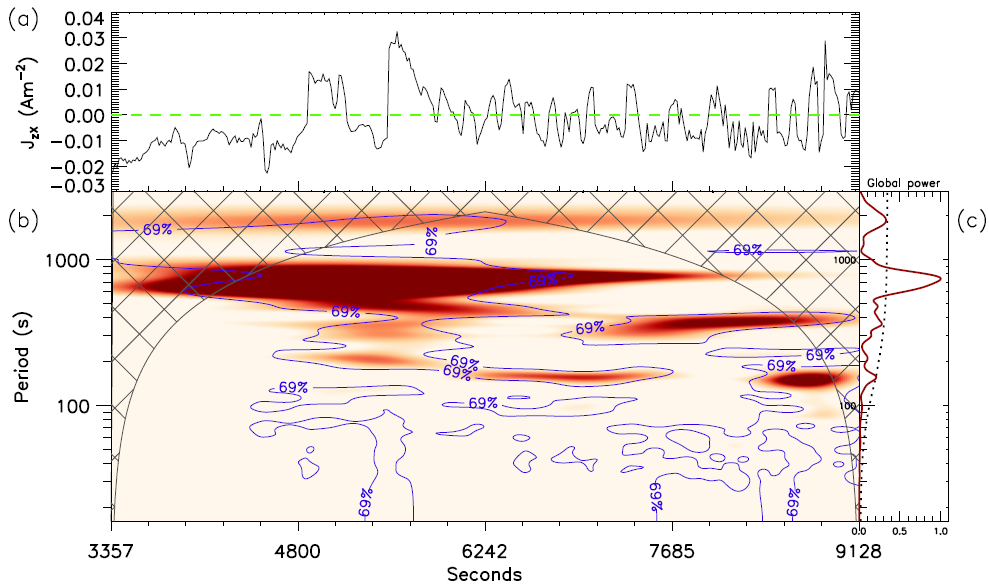Recently, WANG Yifu, a student from the Solar Activity and CME Theory Research Group at Yunnan Observatories of the Chinese Academy of Sciences, along with researcher NI Lei and research assistant CHENG Guanchong, among others, have for the first time revealed the physical process behind oscillatory magnetic reconnection driven by convection in the low solar corona through radiative magnetohydrodynamics numerical simulations. This work provides a plausible theoretical model for the phenomenon of oscillatory magnetic reconnection accompanied by the reversal of current sheet direction in the solar atmosphere. The related research findings were published in The Astrophysical Journal .
Oscillatory magnetic reconnection represents a special mode of magnetic reconnection characterized by periodic changes in both the current sheet configuration and magnetic field connectivity. During this process, the initial current sheet length shortens to zero as reconnection proceeds, subsequently elongating in the orthogonal direction. Concurrently, the released magnetic energy and reconnection rate exhibit quasi-periodic variations over time. Previous research suggests that the driving mechanism for current sheet reversal in this process is caused by the magnetic reconnection itself, rather than by external forces. The period of oscillation magnetic reconnection observed in events is on the order of tens of minutes or longer, significantly exceeding the oscillation periods measured in simulation studies.
The research team employed a 2.5-dimensional radiative magnetohydrodynamics code to simulate the physical process wherein a magnetic flux rope self-consistently emerges from the convection zone into the solar atmosphere due to convective motions, subsequently undergoing magnetic reconnection with the background field. As the reconnection current sheet enters into the corona, its direction undergoes quasi-periodic reversals. Among 40 measured cycles, reversal periods predominantly cluster between 500-900 s, with the longest period reaching approximately 30 minutes—consistent with observational findings. Force analysis reveals that during the ascent of plasma and magnetic fields from the convection zone to the solar atmosphere, alterations in plasma pressure gradients, Lorentz forces, and gravitational forces beneath the reconnection outflow region cause a sharp increase in the net force parallel to the current sheet. This compresses the current sheet, driving the reconnection outflow regions toward each other and shortening the current sheet length. Additionally, the team discovered periodic fluctuations in the magnetic reconnection rate (quantified by the current density at the primary reconnection X-point), with dominant periods concentrated at 100-400 s.

Figure 1. (a)–(e) The current density distributions in the z-direction (red/blue) at five different time points within four current-sheet reversal periods, with the black solid line representing the magnetic field lines; (f)–(j) show the corresponding synthesized images in the AIA 17.1 nm passband. Image by WANG.

Figure 2. (a) The time evolutions of the current density at the main reconnection X-point (JzX), the horizontal green dashed line represents JzX=0. (b) The wavelet profile for JzX. The regions within the blue contours represents confidence level ≥69%. (c) The solid line is the global wavelet power for JzX. The dashed line is the 69% confidence level for the global wavelet power. Image by WANG.